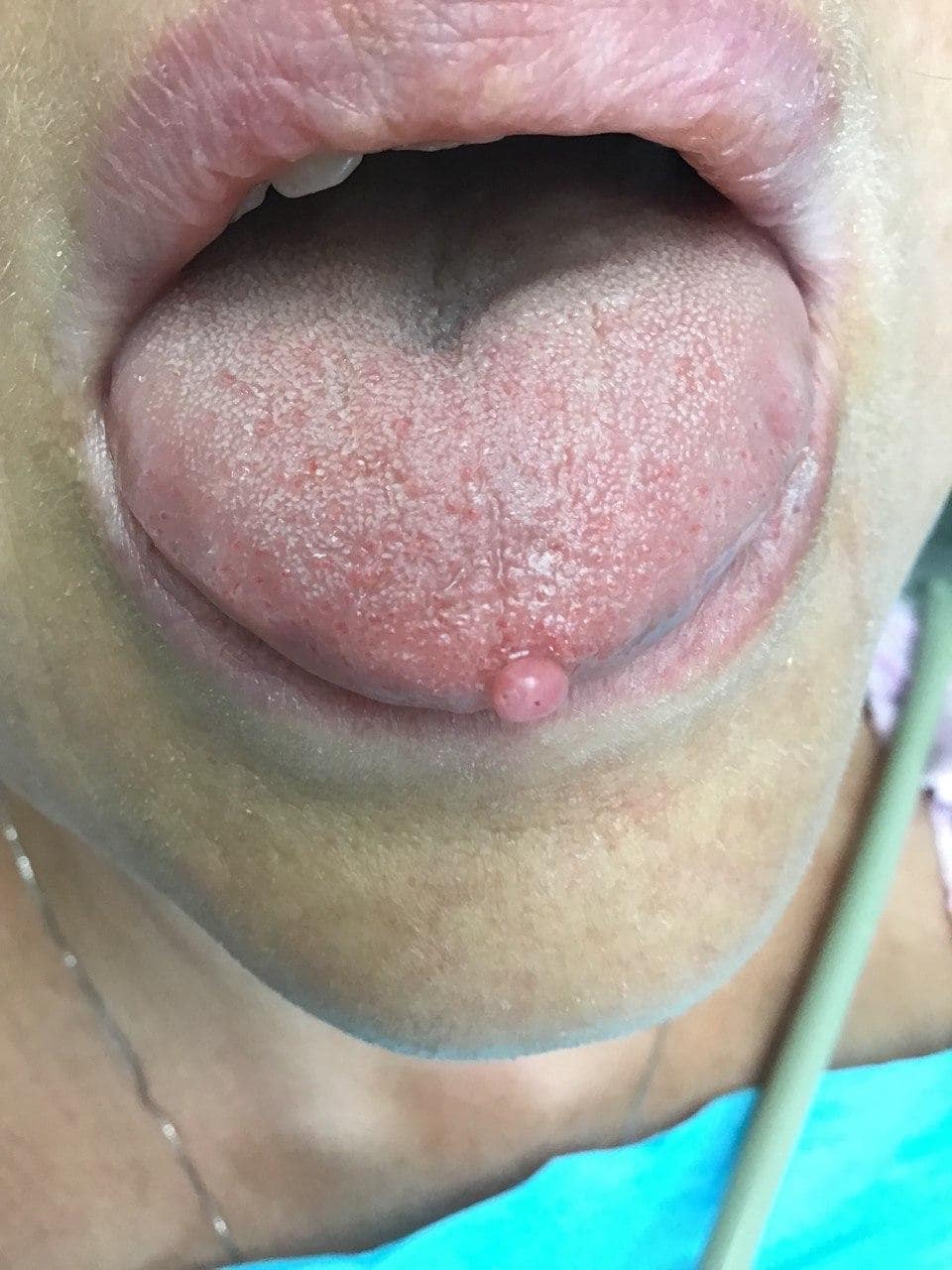Laser dentistry in Miami
Is the safest approach to treating soft and hard tissue, even with our younger patients. No pain, stitches, or discomfort. Full recovery in 1-2 days after complex surgery.
We offer modern, advanced treatment of the soft and hard periodontium. We use laser dentistry techniques for painless, fast and effective treatment of a wide range of problems. We use a diode laser to create a healthy and beautiful smile with lasting results.
I use the diode laser to treat older and younger patients every day. It has an incredibly broad spectrum and guarantees my patients a more comfortable and pleasant treatment experience without pain. It also eliminates the risk of infection or microfractures.
What is laser dentistry?
Laser dentistry is technology developed for those who are afraid of the drill and tired of invasive soft and hard tissue treatments. Laser dentistry does not have the drawbacks of traditional dentistry. It offers a new approach that (in most cases) resolves any issues in just one visit.
The technology is used for gum and periodontal treatment, removal of benign growths in the oral cavity, as well as for dental implants and cosmetic dentistry. The detailed list of problems solved by diode lasers is lengthy.
Diode laser advantages
Treatment with the diode laser is a minimally invasive procedure. It reduces or eliminates the need for anesthesia.
Even complex surgeries can be performed without the use of stitches. The laser seals wounds, significantly reducing treatment and recovery time (1-2 days).
The diode laser offers high precision and gentle treatment. It only treats the troubled areas without damaging healthy tissue. It effectively seals the vessels to prevent bleeding and ensures safety during the procedure.
Ensures safety during the procedure. No pathogenic bacteria enter the treated area.
Prevents pathogenic bacteria from entering the treated area. It is a universal instrument used to treat adults (including pregnant women) and children.
It has a revitalizing effect. The diode laser is able to clean and purify the pores, making the blood flow to the soft tissues better and stimulating the accelerated development of new cells and nerves.
Minimal discomfort compared to conventional drills. No noise, no heat.
Laser Therapy Treatments
- Restoring gum shape and contour
Includes procedures related to creating a beautiful smile, such as laser frenectomy and tongue-tie correction.
- Gum disease
Laser dentistry helps to get rid of gum inflammation in its initial and advanced stages. This technology can effectively cure gingivitis and stomatitis treatment. The laser quickly removes unhealthy tissues and destroys bacteria on the gums and in the roots of teeth.
- Cavities and tooth cysts
Bacteria and debris (both on the surface of the tooth enamel and in the root canals) are removed without the need for drilling.
- Biopsies and lesion removal (Benign tumors)
The laser’s high precision means you can remove papillomas, fibromas and other small growths without pain or bleeding.
- Prosthetics and dental implants
This technique is indicated for chipped teeth, decay at the root or deep below the gum line, or when you want to open an implant that has already taken root for restoration.
Case



This patient had a papilloma on the tongue. It was quickly removed with a laser, without any blood and stitches. IIn the span of one day, the patient was treated and was able to return to her normal life (the wound healed).
Frequently Asked Questions
Yes, but the list of contraindications is minimal – Cardiovascular diseases, decompensated diabetes, psychomotor agitation during exacerbation, individual intolerance.
Diode lasers are FDA-approved and completely safe. Their use provides patients with the highest level of comfort (compared to traditional procedures).
Yes, it can. Laser dentistry offers painless, minimally invasive, and highly accurate methods that eliminate the use of scalpels and drills (everything kids are afraid of).
The cost of treatment depends on the clinical situation but using a diode laser can save on sutures and anesthesia (in most cases).
